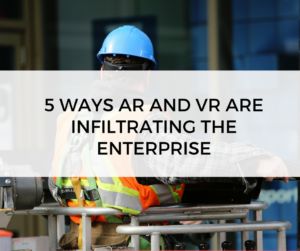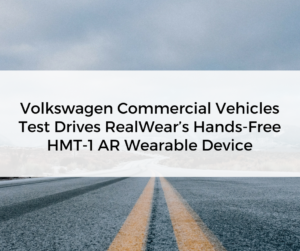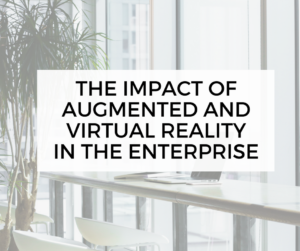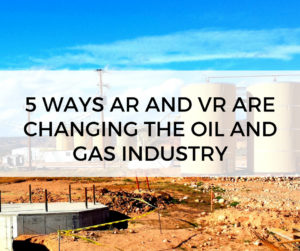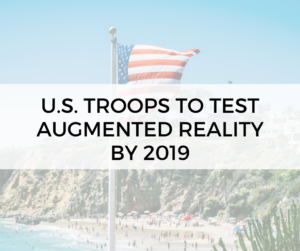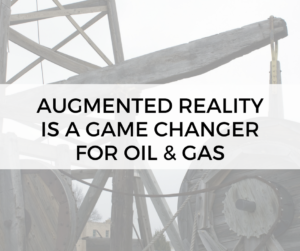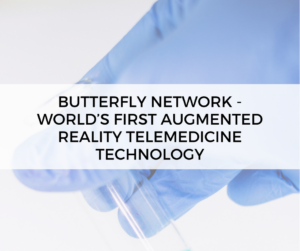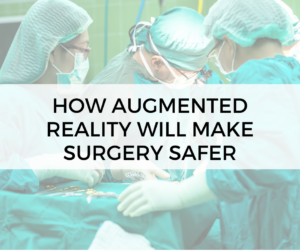With Google Glass, Sutter Health Sees mHealth Success in Workflows
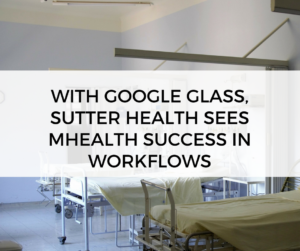
One of northern California’s largest health systems is seeing strong success with the enterprise version of the mHealth smartglasses. And officials are crediting that success to what they’re calling “the human ROI.”
“This is not a machine,” Albert Chan, MD, chief of digital patient experience at Sutter Health, says of the high-tech wearable. “It’s a solution to workflow problems.”
And it’s making a world of difference, Chan says, to physicians who generally spend half their time with patients and the other half doing administrative tasks.
The Sacramento-based, 24-hospital, not-for-profit health system is one of the largest networks using Google Glass, with more than 100 physicians sporting the smartglasses in a wide variety of locations. Those devices are embedded with mHealth technology developed by Augmedix, one of a handful of companies designing software for smartglasses.
Among the most popular uses for the smartglasses is in translating patient encounters into the medical record. This is typically done either by the doctors themselves or by scribes, who copy clinician directives – written or taped – into the patient’s record. Chan says Sutter Health now employs about five scribes for every four doctors.
With Google Glass and Augmedix technology, Chan says that process is streamlined – for both the doctor and the scribe – and made more meaningful. The patient visit is entered into the record immediately, with more accuracy, absent the vagaries of a doctor’s handwriting, an imperfect recording or time spent between the visit and data entry.
Recently, Sutter Health and Augmedix announced a collaboration with Google to add artificial intelligence tools, by connecting the smartglasses to the Google Cloud Platform.
“Our work on GCP has been accelerating as we continue to advance our capabilities using Google Cloud machine learning APIs and core HIPAA-secure cloud infrastructure services,” Ian Shakil, co-founder and CEO of Augmedix, said in an announcement released at this year’s HIMSS18 conference in Las Vegas. “As our largest deployment, Sutter represents an at-scale example of what’s possible when you bring together a technology-enabled documentation service for health systems and the power of the cloud.”
Chan, who uses Google Glass in his own family medicine practice, says the wearables aren’t meant to improve clinical outcomes – at least not directly. They’re designed to reduce the stress on clinicians by giving them an intuitive, hands-free means of completing administrative tasks, such as entering data into the patient record, collaborating with the care team and messaging.
“As AI matures, we can layer that into our (administrative) processes to make things more efficient,” he says. “We can understand patterns and anticipate needs.”
Read the full article here.
